Design for America, WashU
I haven been involved in DFA since my first semester freshman year, and I have been an executive board (Blueprint) member since my second semester. Through my roles as President, Director of Design Outreach, Director of Communications, Team Mentor, and project teammember, I have developed my own leadership skills, dramatically shaped studio structure and culture, and realized that the design-thinking process can be used not only on community projects, but also on organizational experiences.
Check out examples of my organizational design thinking below. If you are interested in my project work, check out Cubic and Snap Pack.
Changing Studio Culture
ROLE: PRESIDENT, 2015-2016
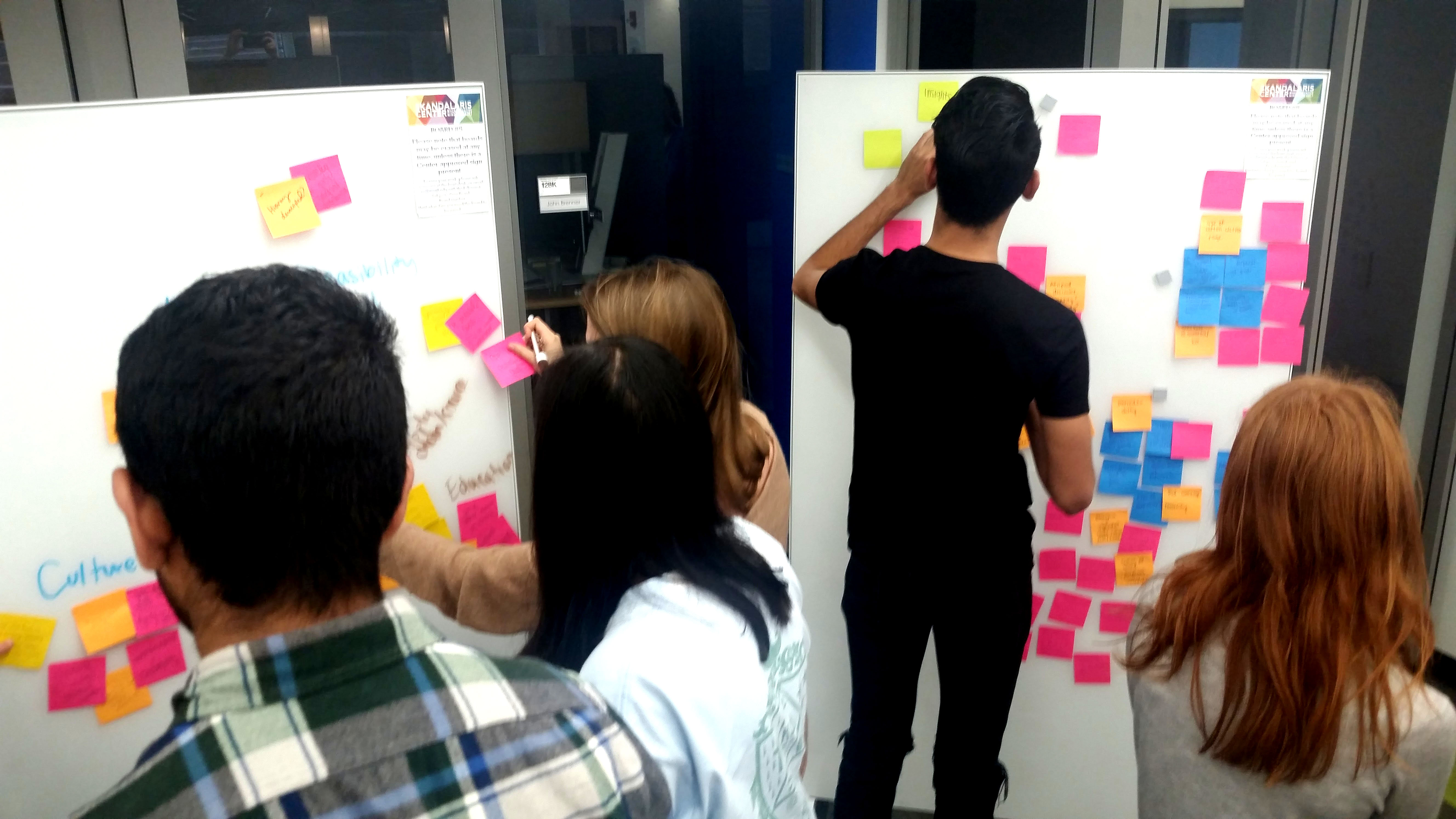
Studio Feedback Session
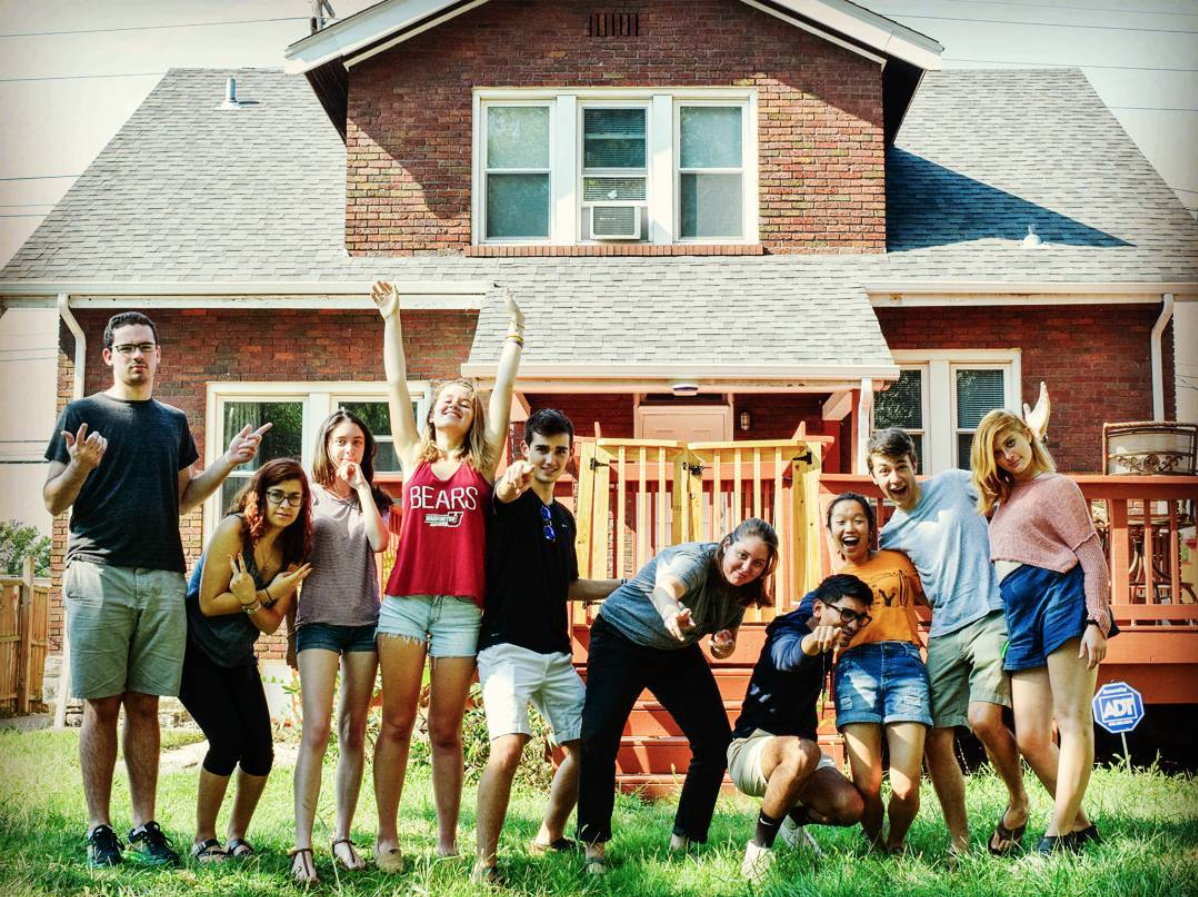
Blueprint Strategic Planning Retreat
A Culture of Feedback
The first step in solving the challenges the studio faced was developing a culture of feedback to identify issues. Over the years, we have iterated through several techniques that allow us to collect feedback from Blueprint and studio members, including:
- Blueprint Strategic Planning Retreats
- 1-on-1 semesterly feedback conversations for Blueprint and studio members
- whole studio facilitated discussions
- sorting exercises
- printed surveys
- individual feedback via post-its
- Google forms
HCW make the member education process more meaningful for different experience levels and less demaning for busy schedules?
FEEDBACK #1 Older members did not feel they knew the process well enough to teach it to new members in their mixed-experience teams, which is what we expected them to do.
INSIGHT #1 We need to provide new members with a stronger foundation in design thinking principles before expecting them to work in indepedent teams.
FEEDBACK #2 Members found it difficult to find a convenient meeting time for everyone on their team, and team meetings were bogged down with logistics and process-confusion, instead of moving the project forward.
FEEDBACK #3 Members struggled to achieve tasks between the weekly team meetings because of a lack of accountibility and heavy courseloads.
INSIGHT #2 It is less overwhelming for WashU students to schedule a 1-hour meeting per week than to agree to do the equivalent 60 minutes of work on their own.
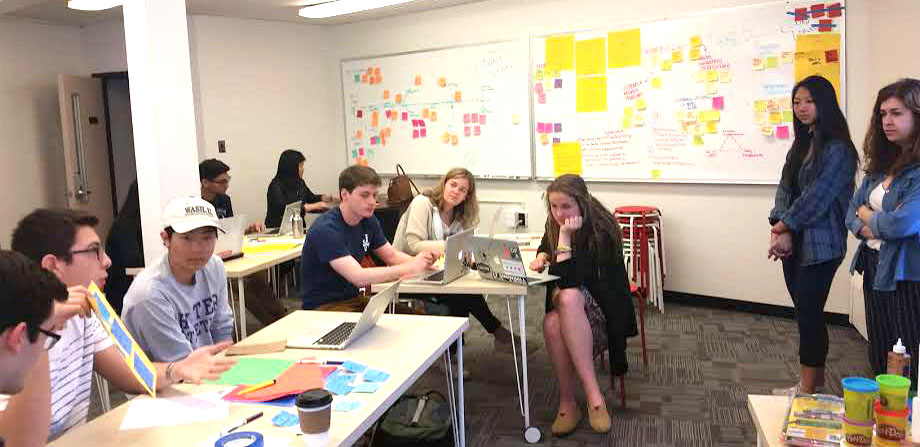
Open Studio session
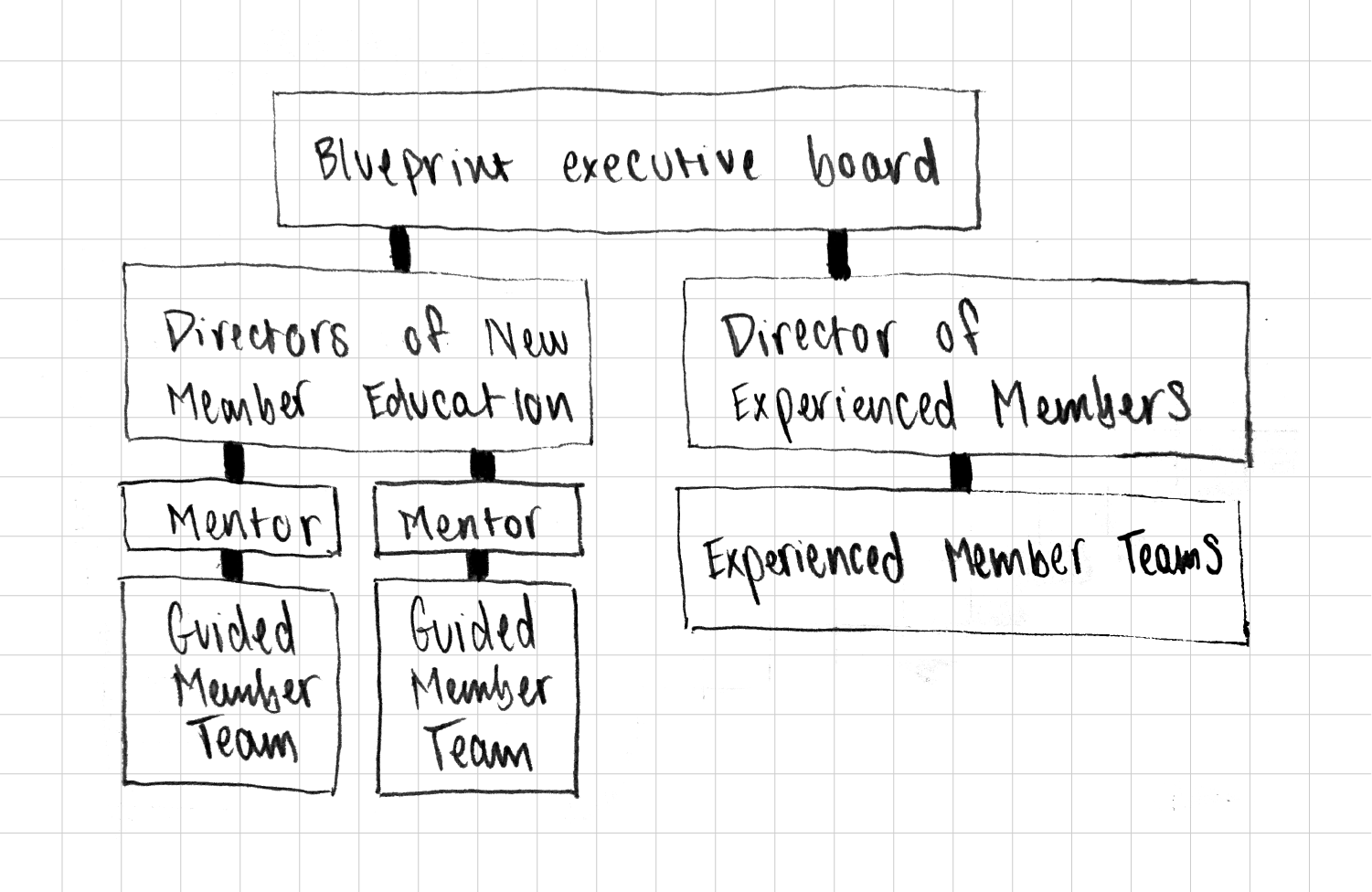
New studio structure, with added support systems
SOLUTION #1 Divided Studio Structure
We separated the mixed-experience teams into teams of guided members and experienced members. All new members are required to go through one semester of guided education in the human-centered design process before becoming a member of a more independent, experienced member team.
SOLUTION #2 New Meeting Structure
We established consistent weekly meetings for our members upfront: 1 hour on Thursdays for guided member education, and 2 hours on Sundays for full-studio events, project reviews, and open-studio work time. This took the burden of meeting logistics off of the teams, improved attendance and productivity, and created a greater sense of community within the studio.
SOLUTION #3 More Support Systems
We instituted two new roles on Blueprint to create a curriculum of design thinking for the guided members. Each guided member team was additionally assigned a mentor on Blueprint that sat in on all meetings and provided 1-on-1 guidance. All experienced member teams were also given a Blueprint point of contact to increase communication and decrease confusion.
HCW increase member retention?
FEEDBACK #1 Members don't feel a strong connection to other studio members outside of their team, and most teams aren't very social.
FEEDBACK #2 Members want more social events, but tend not to come to the ones we plan later in the semester.
OBSERVATION #1 The members that continue with DFA semester after semester are the ones involved in leadership roles.
OBSERVATION #2 We tend to overload our onboarding process with logistics instead of social events.
INSIGHT #1 We need to better connect Blueprint to the studio to increase studio interconnectivity between new members and passionate veterans.
INSIGHT #2 We need to make socialization the priority of the onboarding process, instead of jumping into education.
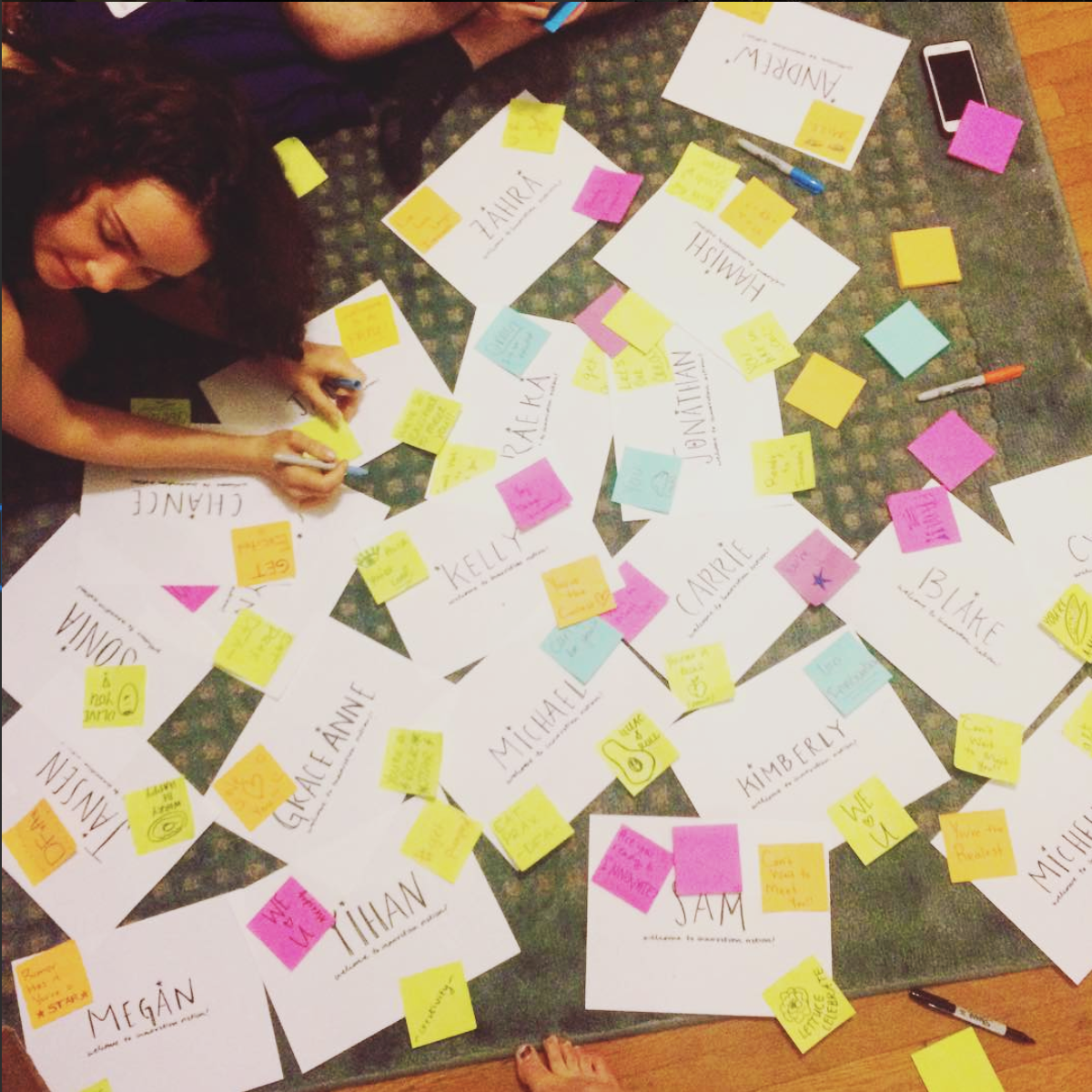
Making door decorations for new members
Photo by Maya Mashkovich
SOLUTION #1 DFpArents
By pairing the experienced, passionate Blueprint members with incoming members, we can provide younger members with a friendly face to talk to or ask questions. This also eliminates the confusion for new members about who they should reach out to within the 10-person Blueprint team if they're confused.
SOLUTION #2 Door Decorations and DFpArties
We made door decorations and a Welcome Packet that presented the most important logistics in a friendlier way. We rephrased these materials to welcome our members into the "DFAmily", instead of just accepting them into an extracurricular.
We changed our first event to be purely social--a party at an older members' off-campus apartment. This gave the new members a sense of community, and the old members a chance to meet the new faces. Our second event then became our Bootcamp, a light-hearted Design Sprint to give the new members a taste of the human-centered design process using a silly topic.
Recruiting Diverse Membership
ROLE: DIRECTOR OF COMMUNICATION, 2015
HCW attract students with diverse majors and backgrounds to join DFA?
Prior to Spring 2015, the WashU DFA studio was predominantly made up of students in design-focused majors, specifically architecture and communication design. I created two recruitment campaigns over my tenure as Director of Communication that promoted design as "problem solving" instead of traditional forms of visual design. My campaigns resulted in a studio membership made up of more than 50% non-design majors, along with greater ethnic and socioeconomic diversity as well.
Fall 2015 Campaign
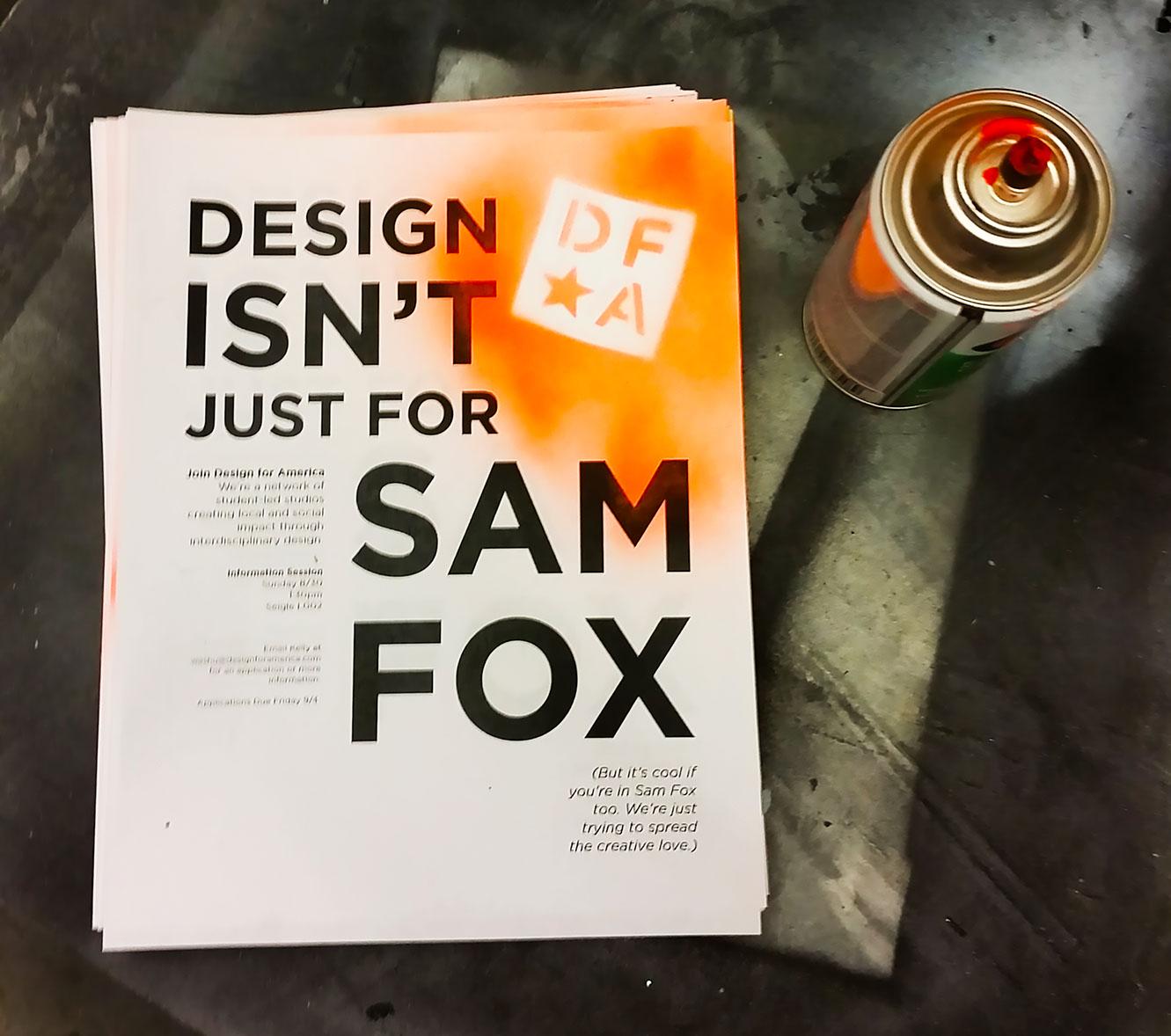
Flyer
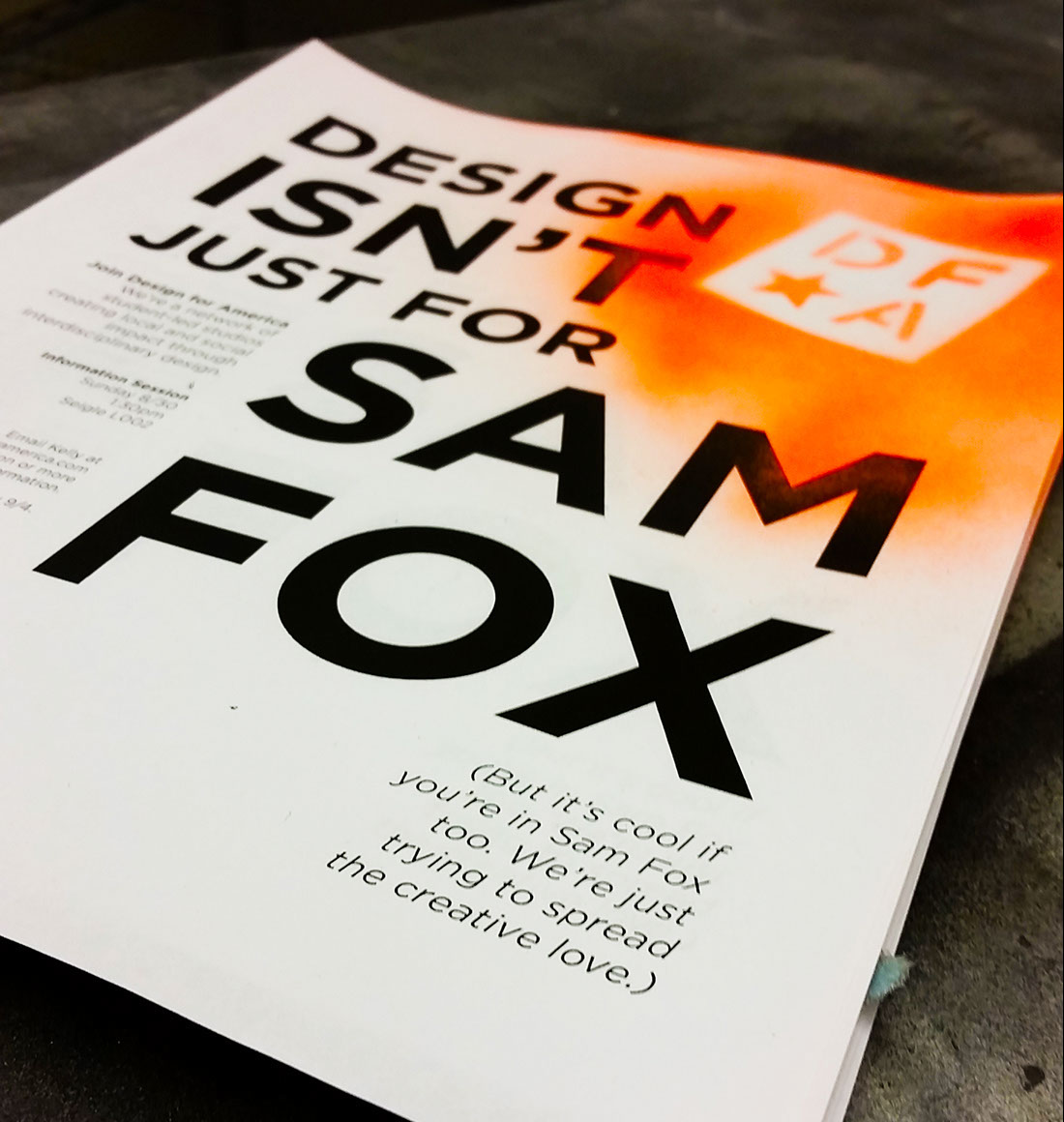

Facebook Profile Picture
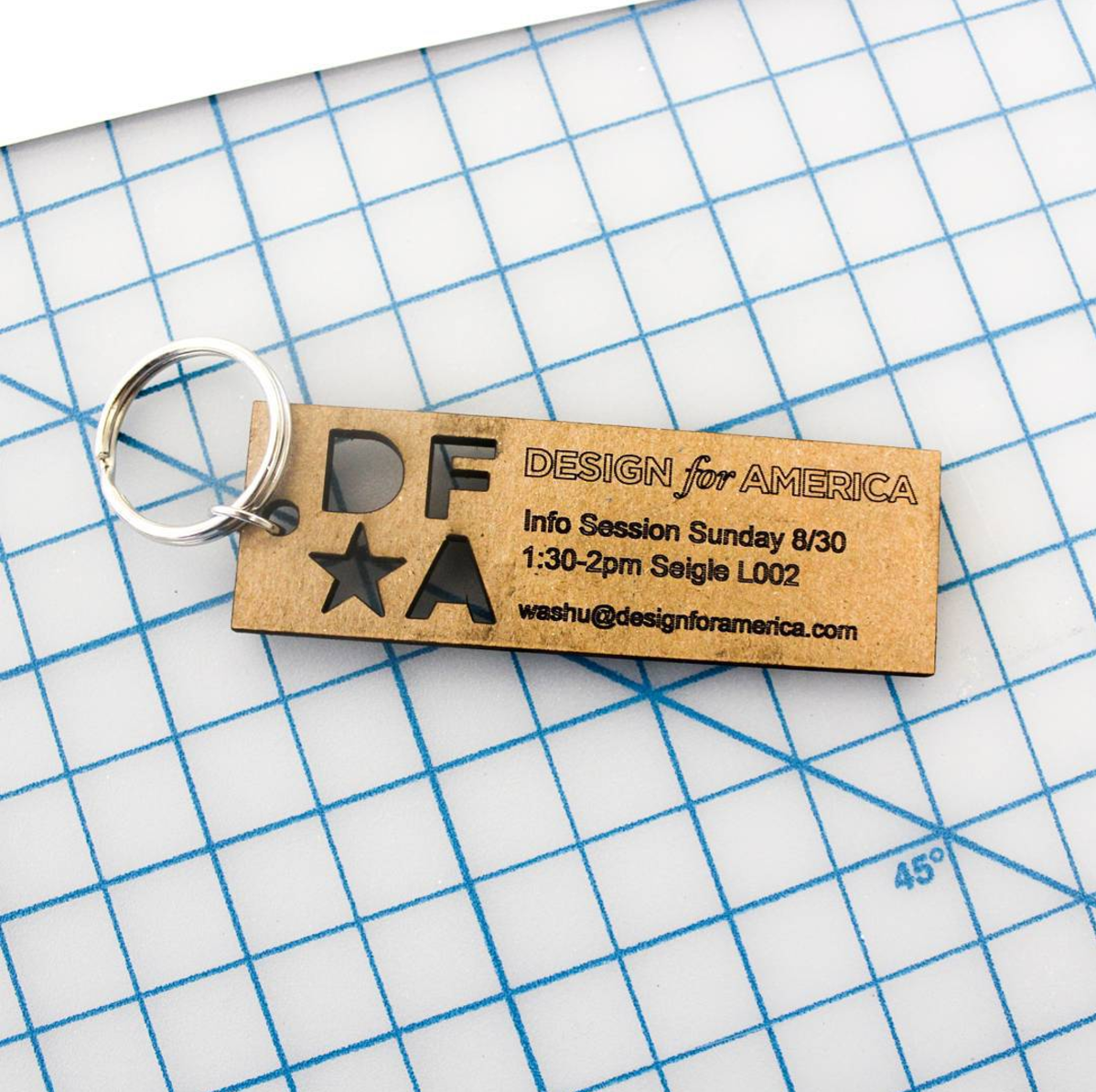
Promotional keychain
Spring 2015 Campaign
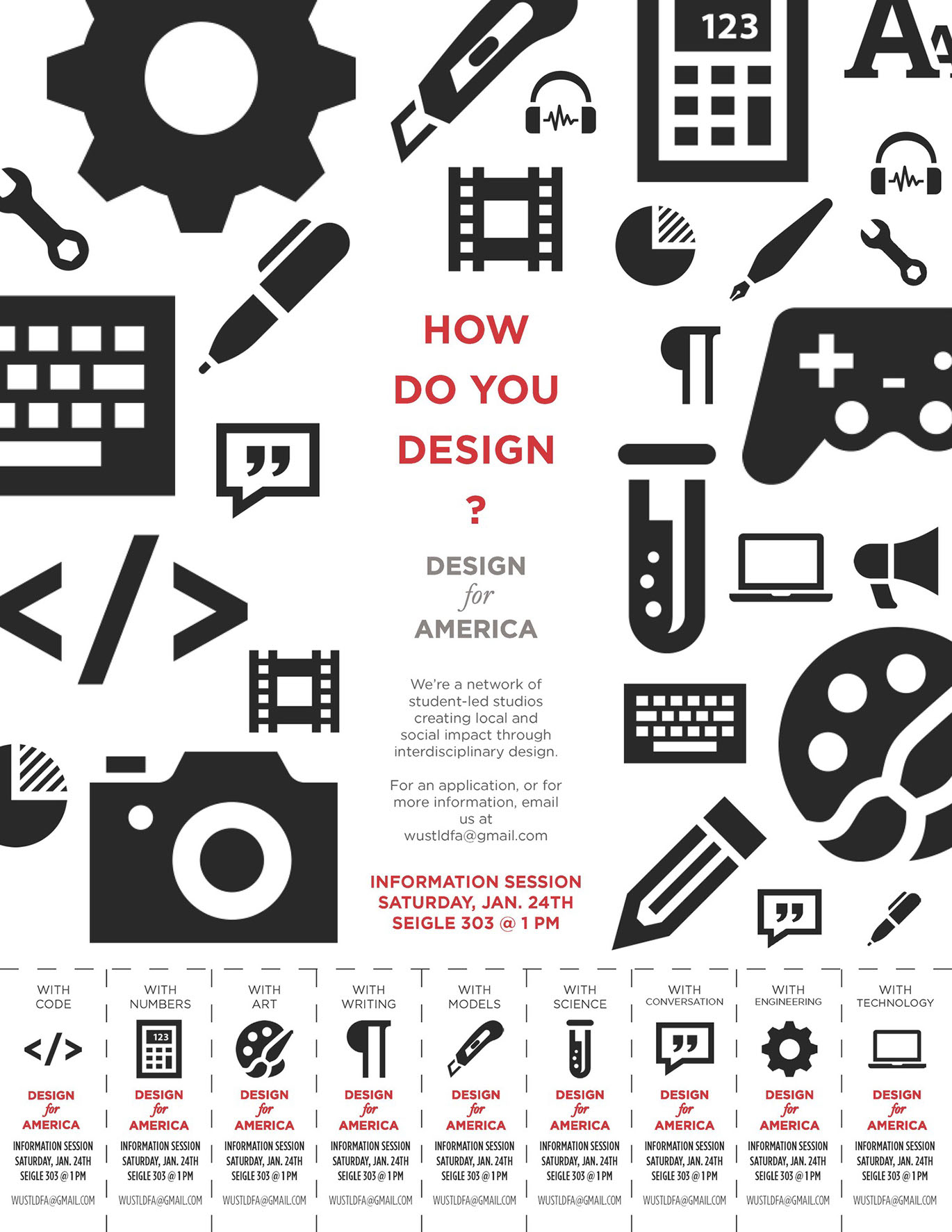
Flyer
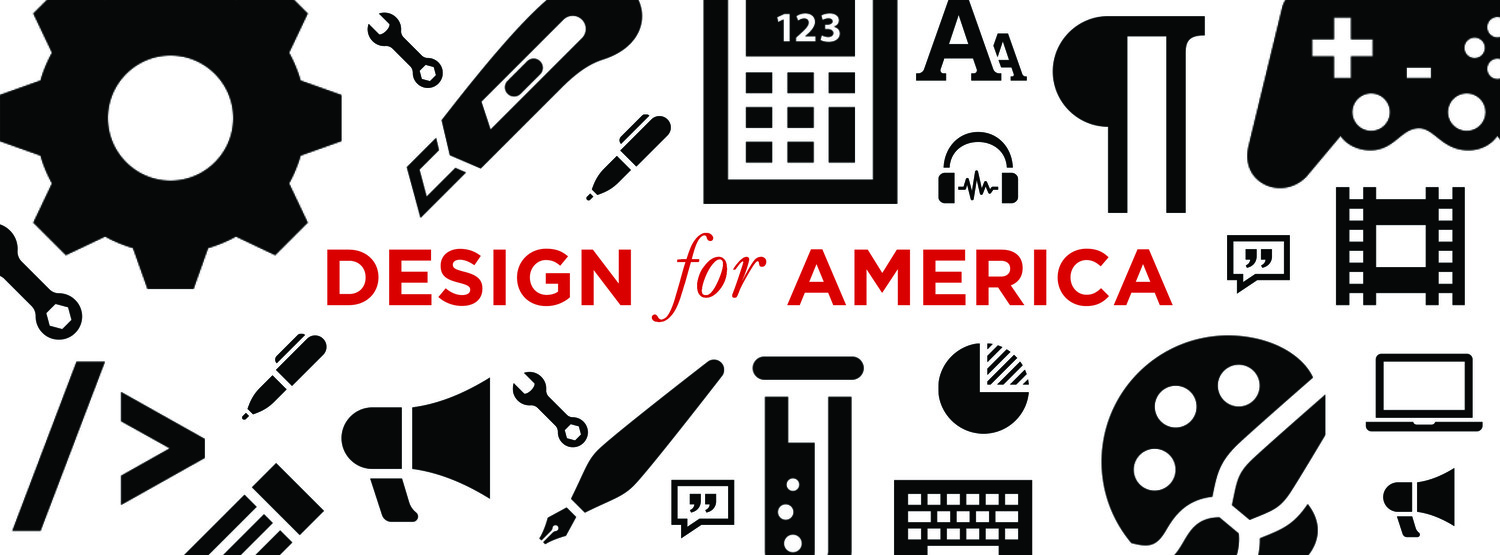
Multipurpose Banner
Social Innovation Week
ROLE: DIRECTOR OF DESIGN OUTREACH, 2017
I planned the first annual Social Innovation Week, a series of highly interactive events to engage students not normally exposed to concepts of design thinking. I coordinated grant applications, corporate and professional partnerships, marketing materials, and day-of logistics to create an experience inclusive of a wide range of interests.
Facebook cover photo
Student Startup SLAM
Photo by Emma Thompson
Flyers posted around campus
GlobeMed Design Sprint on dignity for menstrual health
Painted underpass
Barnes Jewish Center for Innovation Design Sprint on healthcare access in rural Missouri
List of events posted next to flyers